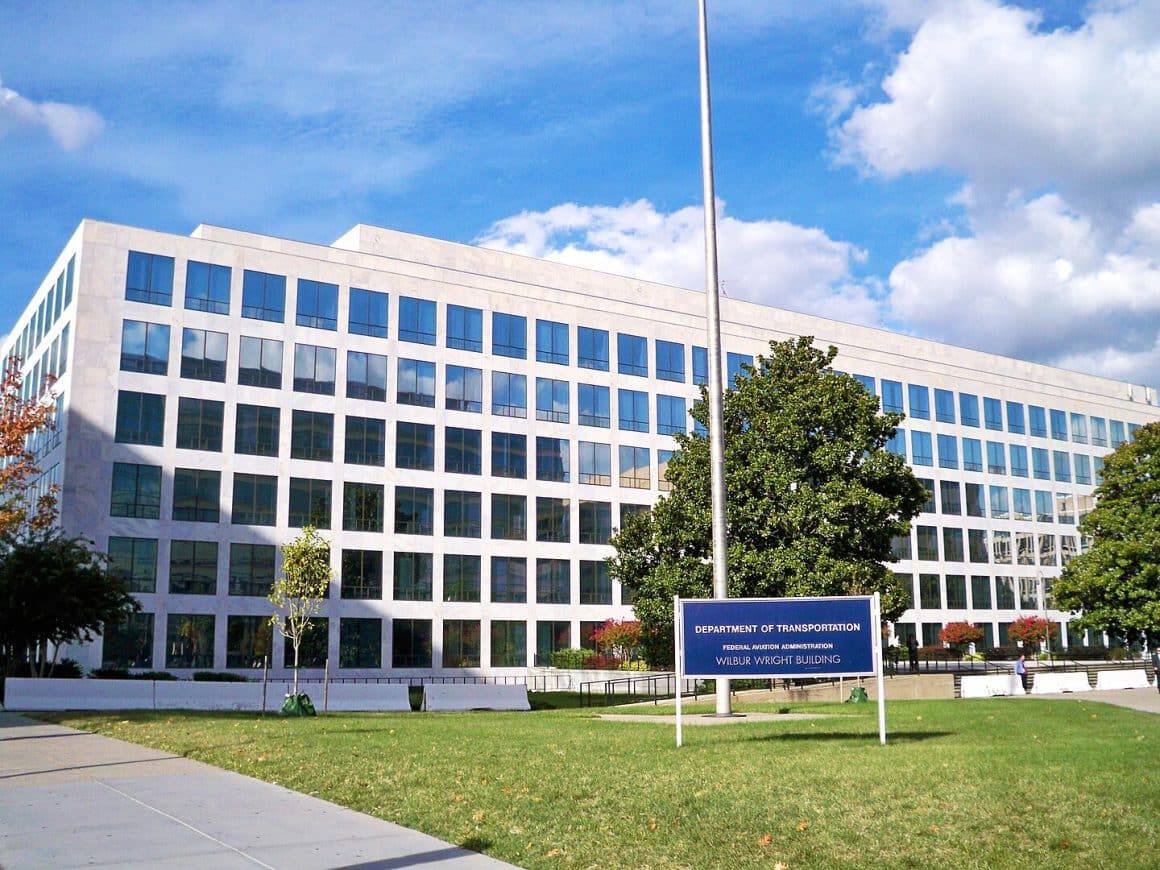On 30 September, US Transportation Secretary Sean P. Duffy announced that the long-awaited modernization of the Notice to Airmen (NOTAM) system has officially begun testing.
The new service, called the NOTAM Management Service (NMS), is entering its first phase months ahead of schedule.
It’s a milestone that aviation officials are calling a significant step toward improving safety and efficiency in US skies.
“This is the promises made, promises kept administration,” said Secretary Duffy. “We are bringing our aviation system into the 21st century at lightning speed to enhance safety in our skies. The new NOTAM system is an important proof point of how we can quickly and effectively modernize our skies under the leadership of President Trump.”
We are bringing our aviation system into the 21st century at lightning speed to enhance safety in our skies.
US Transportation Secretary Sean P. Duffy
Why the Old NOTAM System Has to Go
The existing NOTAM system dates back to 1985, and pilots have complained about its inefficiency and clutter for decades. Notices are listed by release date rather than importance, which means critical safety alerts can get buried beneath mountains of nonessential information.
The dangers of that setup became painfully clear in 2010 when then-Senator James Inhofe (R-OK) landed his Cessna on a closed runway at Port Isabel-Cameron County Airport (PIL), Texas. The closure had been published in a NOTAM, but the critical notice was buried in an endless sea of text. That incident prompted Congress to pass an FAA reauthorization bill in 2012, planting the seeds for today’s modernization effort.
The urgency only grew after the system suffered a nationwide collapse in January 2023, grounding flights across the country for the first time since 11 September 2001. In this incident, a computer outage resulted in nearly 11,000 flights being grounded for 90 minutes. Several additional minor issues have arisen since then, prompting the Trump administration to accelerate its overhaul.
What the New NMS Promises

The FAA states that the new NMS is a cloud-based, streamlined, and resilient system, built from the ground up to replace the outdated US NOTAM System (USNS) and the Federal NOTAM System (FNS).
According to the NMS portal:
- It consolidates functionality and users into a single modernized service.
- It features near-real-time data exchange for faster, cleaner distribution.
- It uses a scalable architecture designed for high availability and future growth.
- It provides graphical displays and a more user-friendly interface, making it easier for pilots and planners to quickly interpret critical information.
FAA Administrator Bryan Bedford touted the new system, saying safety is at the forefront of the NOTAM modernization effort.
“We built a brand-new NOTAM service from the ground up in record time,” said Bedford. “It is resilient, user-friendly, and scalable, and will significantly improve airspace safety and efficiency.”
Each year, more than four million NOTAMs are issued in the United States. With this system, those alerts, which cover everything from runway closures to airspace restrictions, should be easier to access, interpret, and act upon.
Testing Today, Full Rollout in Early 2026

29 September marked the start of NMS testing with a select group of “early adopters.” While the system proves itself, it will run alongside the legacy NOTAM platforms to guarantee steady service for all users.
Here’s the timeline going forward:
- February 2026: NMS replaces the embarrassingly outdated US NOTAM System (USNS).
- Spring 2026: The second legacy system, the Federal NOTAM System (FNS), is retired.
- Late Spring 2026: NMS becomes the single authoritative source for all NOTAMs, completing the migration of more than 12,000 global users.
The FAA credits the speed of the project to an innovative vendor challenge that brought in CGI Federal, the company behind the new platform. By cutting through bureaucratic red tape, the FAA and CGI were able to fast-track a system that had been stuck in development purgatory for years.
A Safer, Smarter Future

For decades, pilots have rolled their eyes and shaken their heads in frustration at the old NOTAM system. With the rollout of the NMS, those days may soon be behind us. If testing continues smoothly, by mid-2026, the US will finally have a modernized, cloud-based NOTAM system that puts safety-critical information front and center.
It’s a long-overdue modernization effort that will solidify the United States’ position as the world’s leader in aviation safety.
For more information on the new NOTAM system, including how to obtain API access and documentation, register for user forums, and find common FAQs, visit https://nms.aim.faa.gov/.
